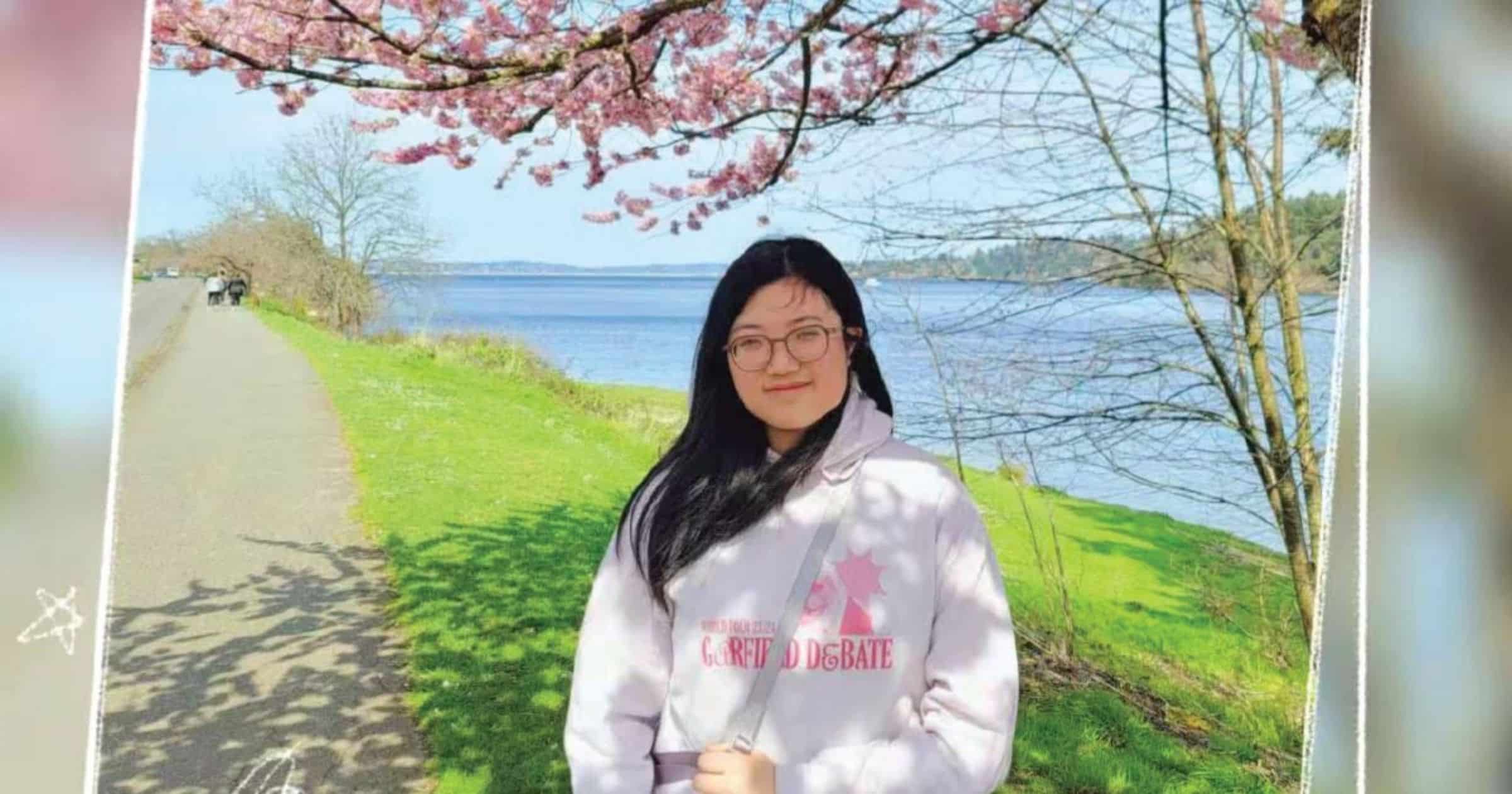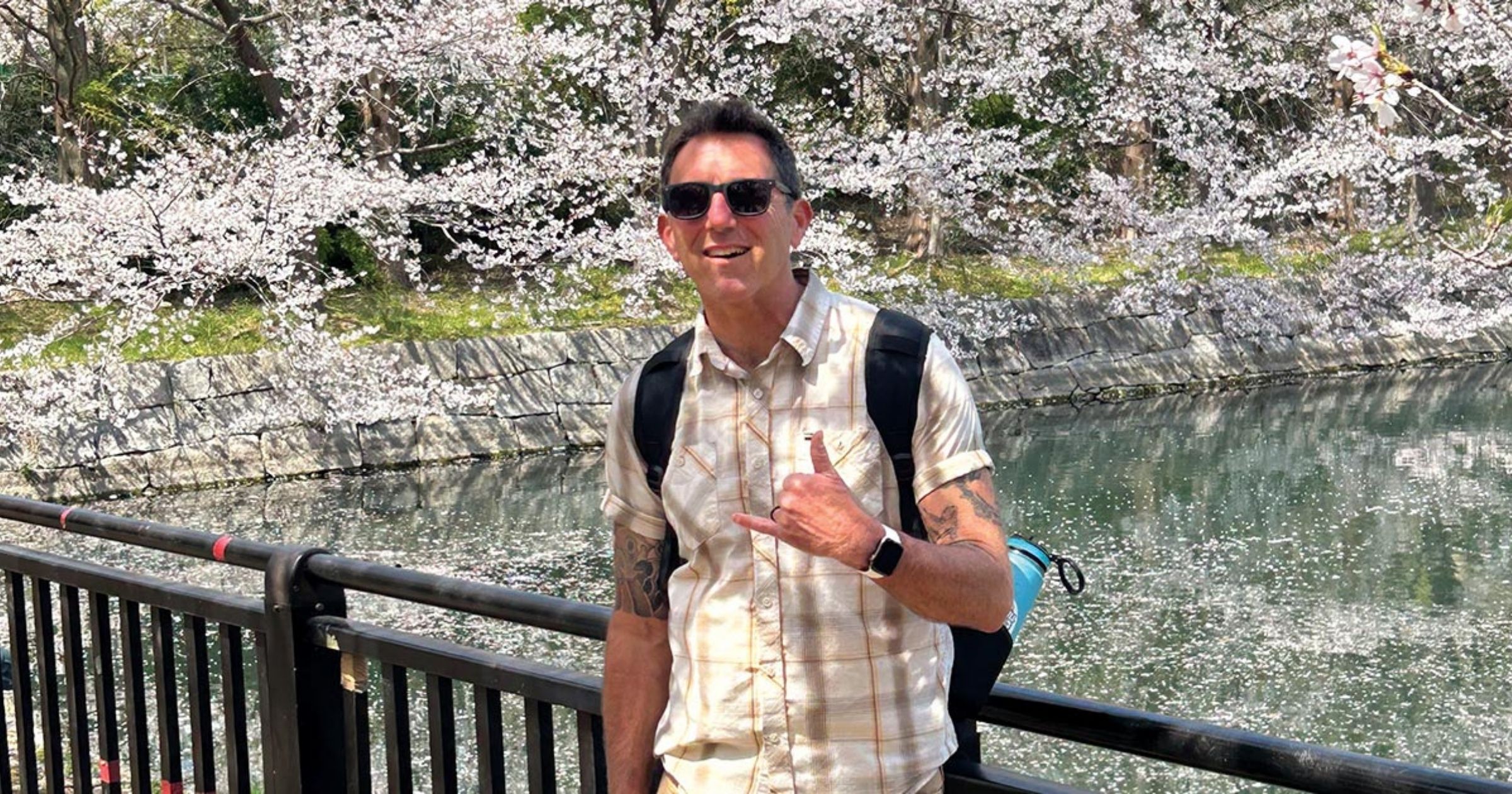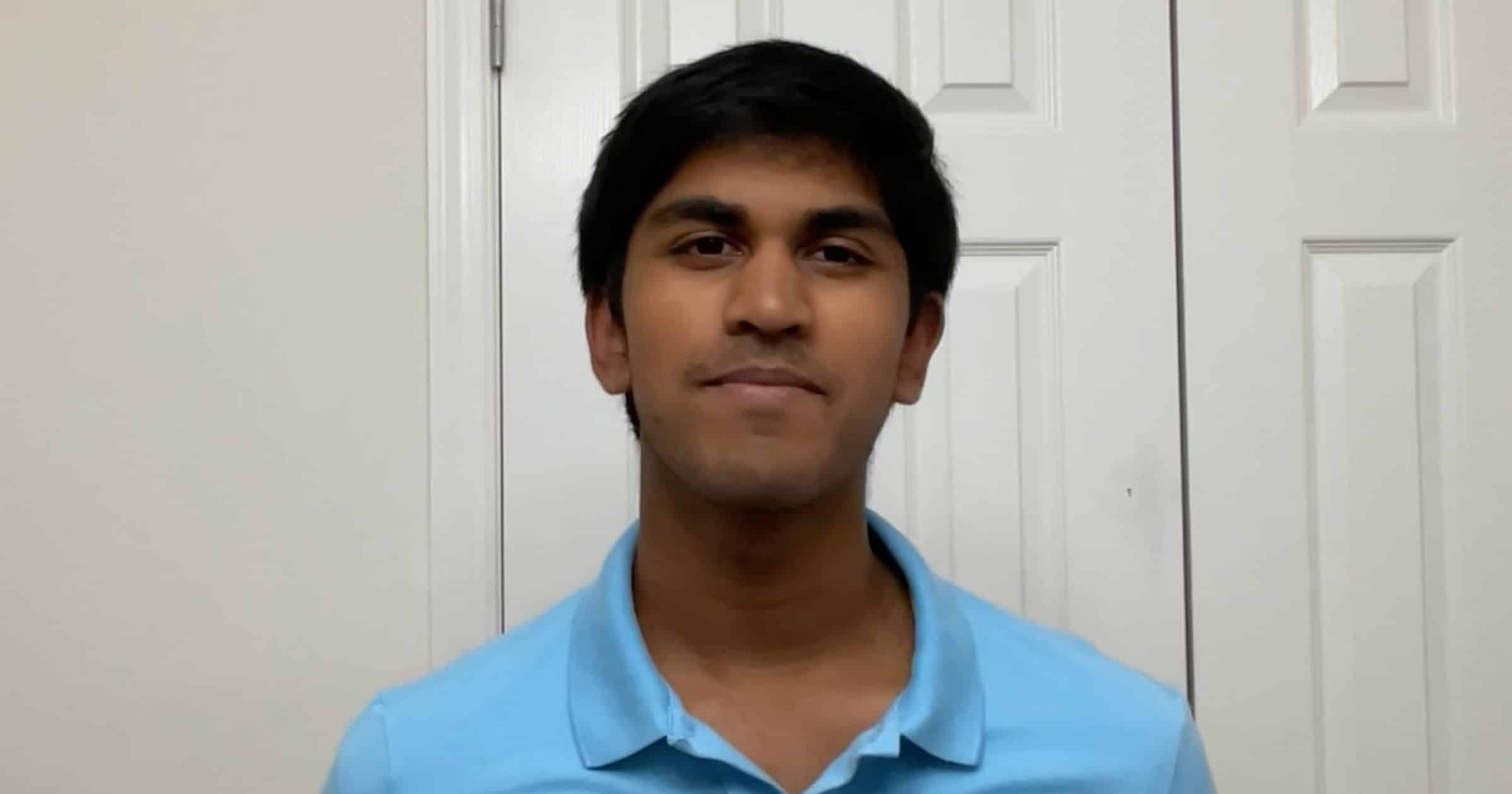Hopping off the Inca Rail and leaping onto the cracked platform, the sun’s harsh rays mercilessly pierced my innocent eyes. I was suddenly smothered by a heavy blanket of pure heat that weighed me down like a lead anchor.
After a mere five minutes, beads of sweat slowly trickled down my flushed face as I reached into my faded Adidas backpack to grab my camouflaged-themed water bottle. Gulping down the tepid water, I felt like a seasoned archeologist running my palm across the sacred Intihuatana stone, my fingertips tingling with the excitement of unveiling the rich pre-Columbian history that for centuries had been shrouded in mystery.
Pulling up the hem of my shirt to wipe away my perspiration, I looked down to see tiny, brown alpaca slippers skipping towards my mud-caked sneakers. Shifting my gaze upward, I was greeted by the fiercely curious, dark chocolatey eyes of a young Peruvian girl. As the corners of my mouth turned up into a friendly smile, she abruptly spun around and retraced her steps back towards a communal tribal hut with a straw-thatched roof that delicately balanced atop yellowing adobe bricks. Observing the long procession of tourists hustling by these huts without a second glance, I couldn’t help but notice the strange paradox: these tourists wanted an immersion into Machu Picchu’s ancient culture yet didn’t take the time to interact with the powerful force driving that history, the native Peruvian families.
Shadowing the enigmatic Peruvian girl, I leaned into the hut’s wooden doorframe and located the girl crouched on a low stool fashioned out of dried bamboo shoots. She vigorously tapped her grandmother’s arm and whispered a phrase in the local Quechua dialect. Her grandmother, with her silky, milk-white hair drawn back into a tight bun, glanced up from her sewing to gesture me inside. Not wanting to impose, I assumed a crisscross-applesauce position on the uneven, grass-carpeted floor. For a few moments, a deafening silence engulfed the room as I marveled at the woman’s leathery hand move swiftly through the kaleidoscopic fabric with her rusted needle as she sewed on the final stitches.
Tugging at her grandmother’s sleeve, the little girl grabbed the knitted masterpiece and carefully dropped the hand-made, artisanal Peruvian knapsack into my lap, rendering me speechless. As I replayed this moment in my head while the Inca Rail departed from the world heritage site, I realized that the only way to truly understand the history of a place is to interact with its remarkable people and forge life-long connections.
Fingering every tiny stitch of the alpaca-wool knapsack, I resolved to search for the authentic story behind everything, no longer confined to the mass-manufactured products of first-world countries that often lack real meaning. Each piece of string is unique to my treasured Peruvian possession, deliberately woven with meaning, intention and love.
Through one short visit, I came to the profound understanding that the beauty of life can be witnessed by simply listening, observing, and admiring people for their rich diversity and background. I will use traveling as a method of appreciating the world, viewing compassion and acceptance as presents that should be eternally regifted.
Student: Romal Mitr
Age & Grade: 11th grade
School: Quarry Lane School
From: Dublin, CA




